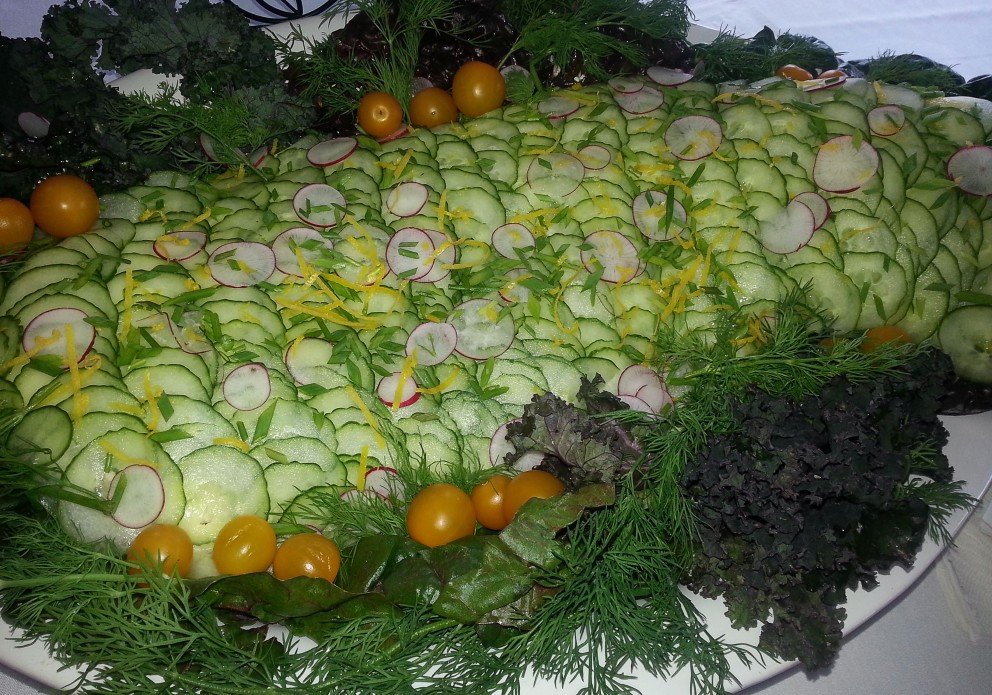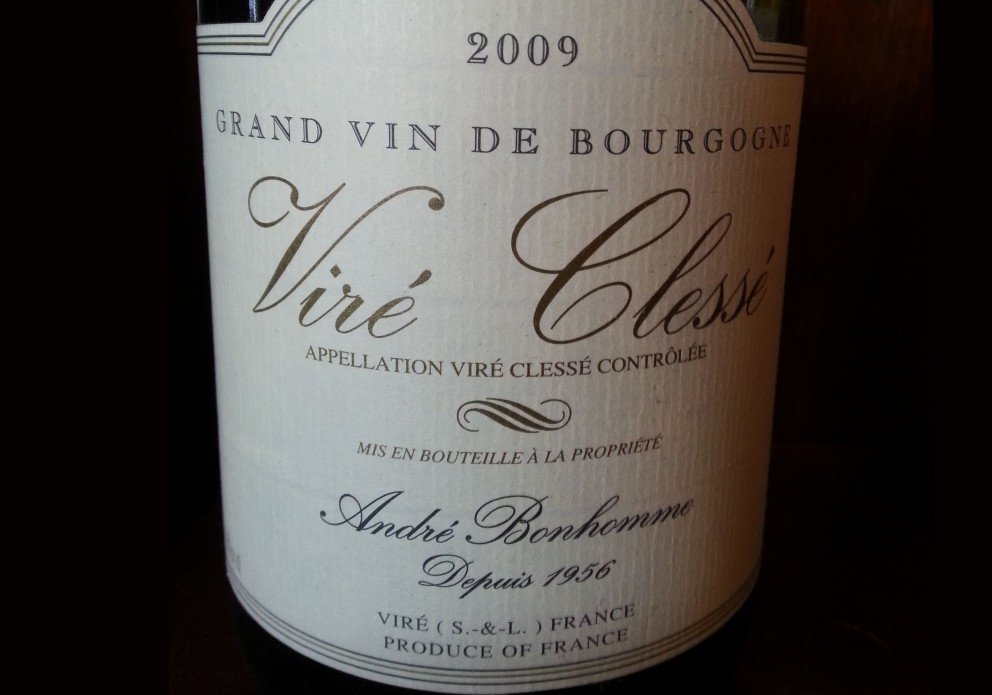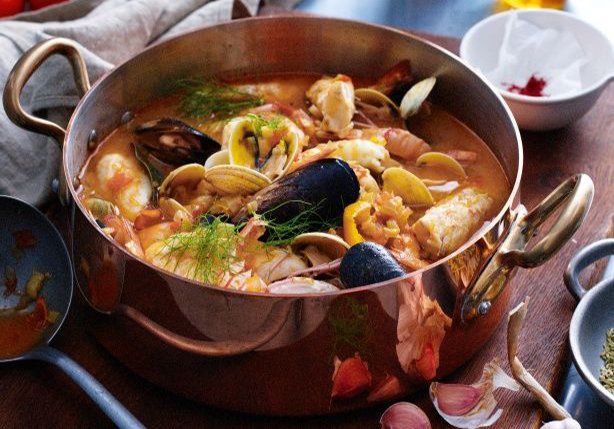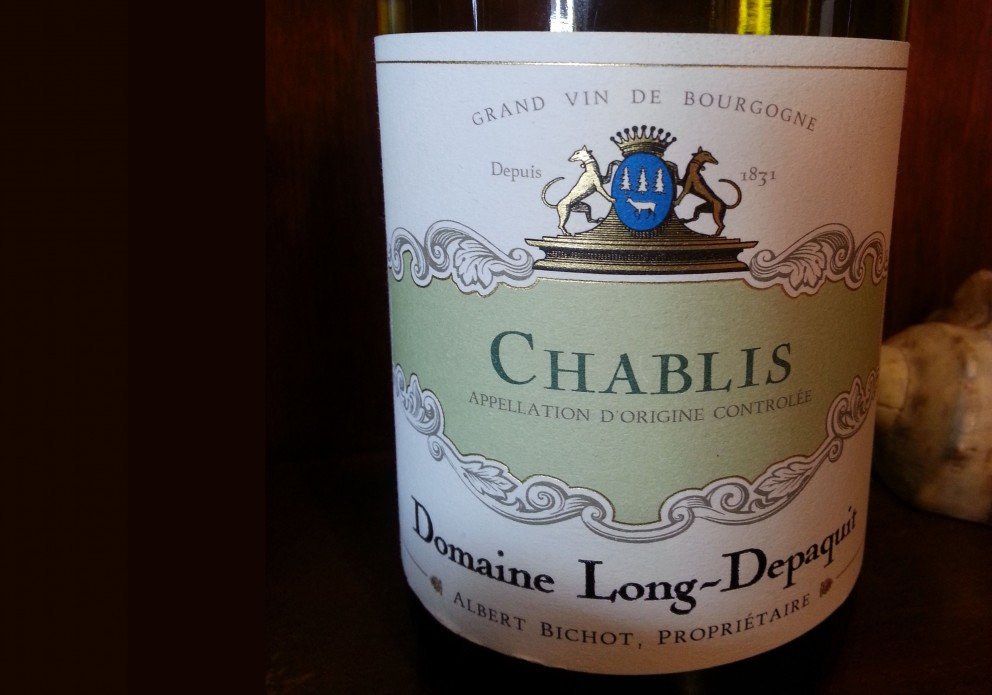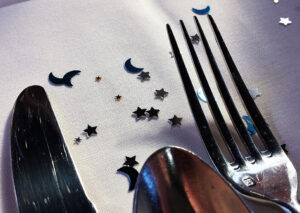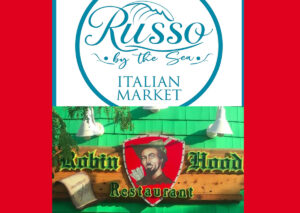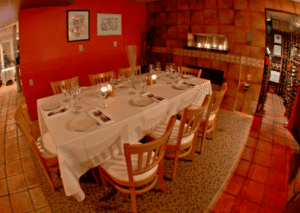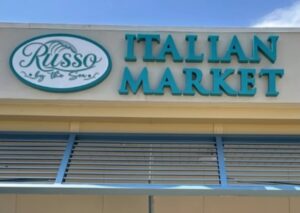I traipsed around Europe for six weeks in the summer of 1981. An incurable foodie, I blissfully ate my way through eight countries, including France. All the while totally ignorant that I was passing through the holy grail of wine appellations all around me. To this day, my fondest memory of that trip is my first taste of Bouillabaisse in Nice. Oh, if only I knew how beautifully a glass of white Burgundy would have paired with my meals, the trip would have been even more unforgettable.
In 1522 Erasmus wrote: “O happy Burgundy which merits being called the mother of men since she furnishes from her mammaries such a good milk.” Shakespeare echoed in King Lear “the vines of France and milk of Burgundy.” Monks of the Roman Catholic Church knew how wonderful Burgundian wines were. The Benedictines, founded in the year 910, were the first truly big Burgundy vineyard owners over the following centuries. Those astute monks were the first to notice that different vineyard plots gave consistently different wines. Therefore, they are given credit for laying the foundation for the naming of Burgundy crus and the region’s terroir-centric thinking.
To this day, Burgundy is the most terroir-oriented region in France. Immense attention is paid to the area of origin, and in which of the region’s 400 types of soil a wine’s grapes are grown. As opposed to Bordeaux, where classifications are producer-driven and awarded to individual chateaux, Burgundy classifications are geographically-focused. A specific vineyard or region will bear a given classification, regardless of the wine’s producer. The main levels in the Burgundy classifications, in descending order of quality, are: Grand crus, Premier crus, village appellations, and finally regional appellations. Of the red grapes, the majority are Pinot Noir. Of the white grapes, Chardonnay is the most common.
So a white Burgundy is basically the original Chardonnay (aka Chablis). If you buy a white Burgundy, you can be assured that the grape is 100% Chardonnay (by French law). The wine labels sometimes say “white Burgundy wine,” or “100% Chardonnay” if you don’t recognize the appellation names. These wines are powerful and lean, with complex fruit flavors and notes of earth and minerals. The Burgundian style of Chardonnay is, in a word, elegant. Due to the cooler climate, Chardonnay grapes harvested in Burgundy have higher acidity and less sugar, yielding wines that are tangier, lower in alcohol and lighter in body than a Californian or Australian Chard which tend to be fatter and fuller, more buttery, with higher alcohol levels and vanilla notes. (Think Leslie Caron versus Marilyn Monroe.)
Spring is finally here. Open your windows and a bottle of white Burgundy, and enjoy it with your favorite seafood dish. I will try to replicate that exquisite Bouillabaisse. This time, I will enjoy it with a glass of the Albert Bichot Chablis!
[By the way, the beautiful whole poached salmon with the delicate cucumber scales was created by Essential Chef's Gary Papp and was served at Teller's Wine Expo in March 2015.]


